Iowa Incarceration Trends Explained
Iowa’s incarceration rate is sky-high compared to other democratic countries. Over 17,000 people are behind bars here. Another 31,200 are on probation or parole. This is a big deal! Iowa prisons house many who haven’t even been convicted. About 74% of inmates are waiting for trial. That’s a lot, right? Over 40,000 people cycle through local jails every year. It’s like a revolving door! The Sentencing Project highlights serious racial disparities. Did you know Black Iowans are imprisoned much more often than whites? It’s a shocking fact. Meanwhile, in Anamosa Iowa, the local prison affects political representation. It’s a tangled web of racial justice issues. Iowa’s situation is unique even among state prisons nationwide.
Current Statistics on Iowa Prisons
Examining Iowa’s current incarceration data reveals a sobering picture. Iowa prisons hold thousands, with a staggering 74% of inmates awaiting trial, not yet convicted. The revolving door of justice spins rapidly, with 40,000 people flowing through local jails yearly. That’s like filling a football stadium with new faces every year! On top of this, racial disparities are stark. The Sentencing Project points to Iowa’s need for racial justice reform. State prisons in Iowa echo these challenges, matching national trends but standing out for these imbalances. Addressing these issues is crucial to transforming Iowa’s justice system for the better.
Historical Growth in Incarceration Rates
The growth of incarceration rates over the decades in Iowa is like watching a balloon inflate to its limits. From 1978 to 2022, numbers soared, painting a picture of a state grappling with a prison boom. Iowa’s situation isn’t just about more bars and fewer open skies. The racial disparities add another layer to this puzzle, with Black individuals facing steeper odds. Interestingly, the Sentencing Project has spotlighted these issues, urging reforms. It’s a complex dance between justice and numbers, showing why Iowa’s state prisons are more than just buildings. They’re a reflection of broader systemic challenges.
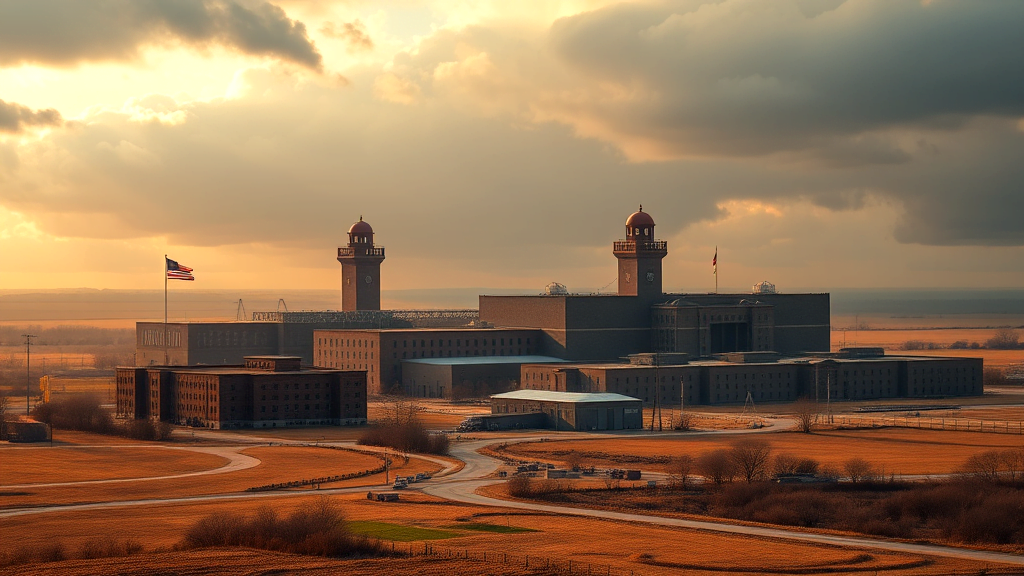
Racial Disparities in Iowa’s Prisons
Examining the racial gap within Iowa incarceration, Black residents face imprisonment at an alarming rate—11 times higher than white residents. This disparity is more severe here than in most U.S. regions. The issue extends beyond just numbers; it impacts communities deeply. Black families are torn apart, and neighborhoods feel the ripple effects. Lifelong consequences linger, affecting jobs, housing, and education. Expert voices highlight embedded systemic problems fueling these imbalances. Despite efforts, progress remains slow. Sentencing Project initiatives target these gaps, advocating for change. They stress the urgency for reforms to address inequities within Iowa’s justice system effectively.
Impact on Black Iowans and Communities
Unpacking the impact on Black Iowans and communities reveals deep-rooted challenges tied to Iowa incarceration trends. Black communities face a disproportionate burden, with incarceration rates for Black Iowans significantly higher than their white counterparts. This disparity disrupts families and undermines community stability. Experts note systemic issues at play, urging reforms to tackle these inequities. For instance, Leah Sakala of the Prison Policy Initiative highlights the need for targeted reforms to address these disparities (source). These disparities are not just numbers; they are stories of lives affected by systemic failures. Each statistic represents a person, a family, a community.
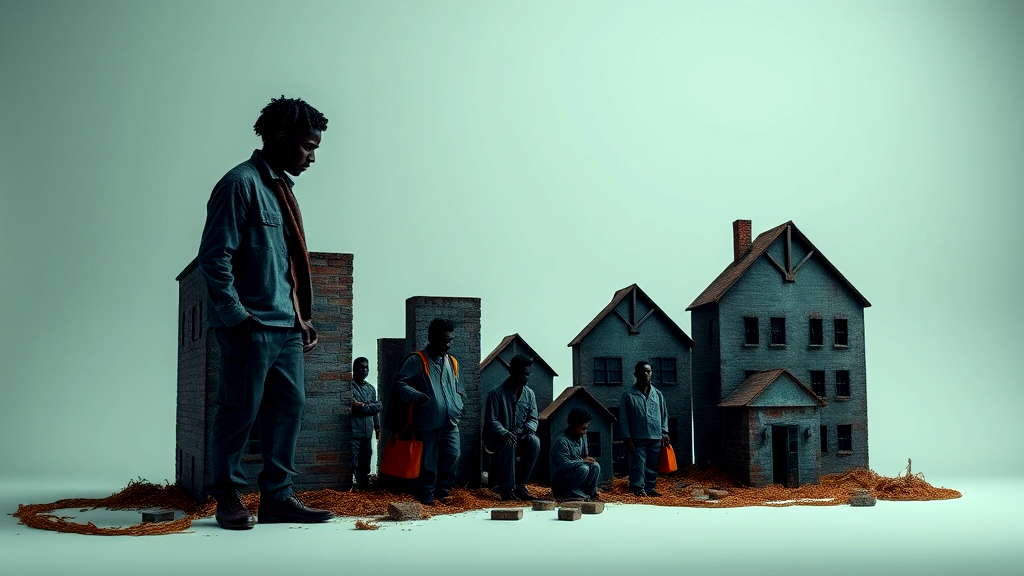
Anamosa Iowa: A Case Study
Addressing the topic of incarceration in Anamosa highlights a unique aspect. The state prisons here impact local politics, skewing representation due to inmate counts in the Census. There’s a push to change how inmates are counted. This reflects a broader issue seen across Iowa, where racial disparities persist. Black individuals are incarcerated at much higher rates compared to their white counterparts. Efforts by organizations like the Sentencing Project aim to reform these imbalances. They spotlight the urgency for change, echoing national trends but underscoring how Iowa’s particular situation demands attention for a fairer justice system.
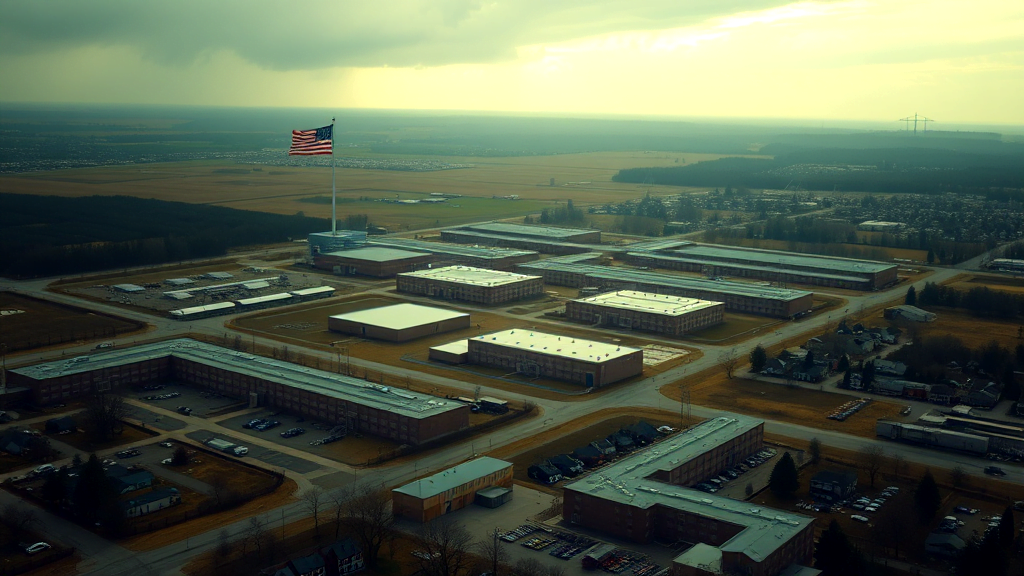
Sentencing Project and Criminal Justice Reform
Efforts by The Sentencing Project focus on reducing racial disparities in Iowa incarceration. These reforms aim to address the stark differences, especially against Black communities, who face disproportionate odds. A notable decline in some states’ populations illustrates potential for change. However, Iowa’s figures remain challenging, urging immediate reforms. State prisons in Iowa highlight these disparities, echoing national concerns but emphasizing local urgency. The need for a fairer system is paramount, ensuring justice doesn’t wear blinders. Addressing these issues not just offers hope but a blueprint for a future where equality isn’t a distant dream. Change is not just a possibility; it’s a necessity.
Comparing Iowa to National Trends
Comparing Iowa to national figures reveals striking contrasts in incarceration rates and trends. Iowa’s incarceration rate is higher than many democratic countries, with racial disparities particularly stark. Black individuals face imprisonment 11 times more than whites, a rate exceeding national averages. Although the prison population has slightly decreased in some states, Iowa’s numbers underscore the need for reform. This disparity isn’t just a statistic; it affects families and community stability. Iowa’s figures highlight systemic issues that demand urgent attention, echoing national concerns but emphasizing local urgency for change. These challenges call for a justice system overhaul.
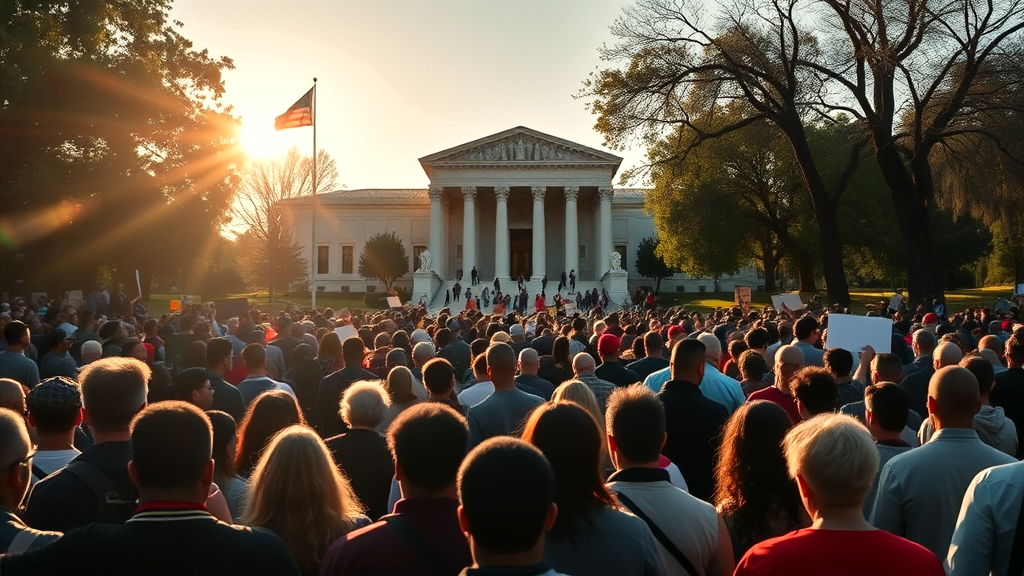
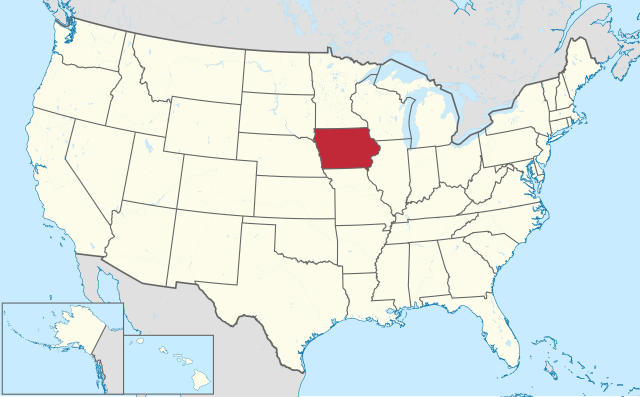
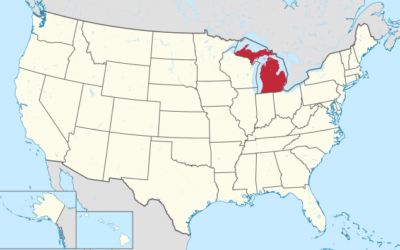
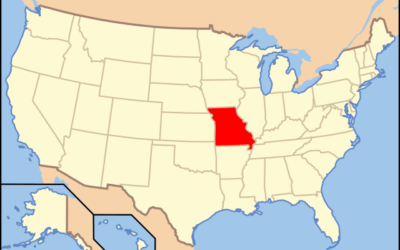
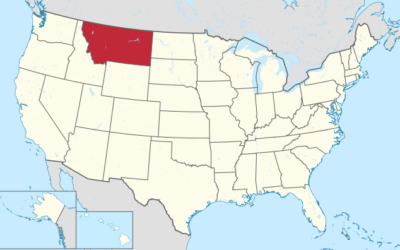
0 Comments